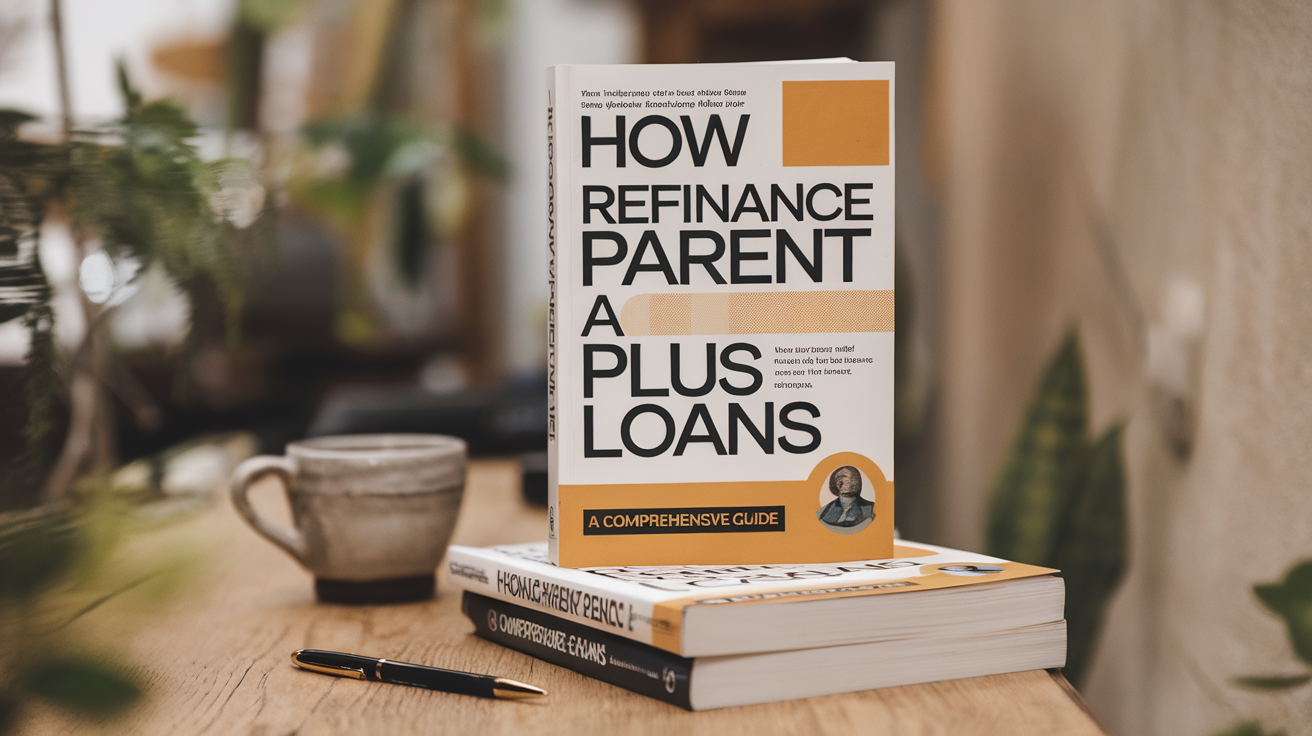Maximizing Your Savings with Certificates of Deposit (CDs)
At O1ne Mortgage, we understand the importance of making the most out of your savings. One effective way to grow your money securely is through Certificates of Deposit (CDs). In this blog, we’ll explore how CDs work, the best times to invest in them, and strategies to maximize your CD rates. For any mortgage service needs, feel free to call us at 213-732-3074. Our team is here to help you make informed financial decisions.
Understanding Certificates of Deposit (CDs)
A Certificate of Deposit (CD) is a type of savings account that offers a guaranteed interest rate in exchange for keeping your money in the account for a specified term. Generally, the longer the term, the higher the interest rate. CDs are a safe investment option, often insured by the Federal Deposit Insurance Corp. (FDIC) or the National Credit Union Administration (NCUA) up to $250,000 per depositor, per insured bank, and per ownership category.
How CDs Work
When you open a CD account, you agree to lock your money in the account for a set period, known as the term, to receive a higher annual percentage yield (APY) compared to traditional savings accounts. For instance, as of October 2023, the national average yield on a 12-month CD is 5.46%, while a traditional savings account offers a mere 0.46%.
CD terms typically range from three months to five years, with minimum deposits varying from $500 to $2,500 or more. Some banks may not require a specific deposit amount to start a CD. It’s important to note that withdrawing your money before the CD’s maturity date can result in an early withdrawal penalty, which could range from 60 to 540 days’ worth of interest.
When Is the Best Time to Buy a CD?
The optimal time to invest in a CD is when interest rates are high. As of November 2023, the benchmark interest rate is around 5.4%, the highest in 22 years. If you anticipate a decline in interest rates, locking in a higher rate with a long-term CD can stabilize your earnings over time.
Another good time to buy a CD is when you have a specific savings goal, such as a home down payment or a wedding. Aligning the CD term with your goal’s timeline ensures that you can withdraw the money plus the earned interest when you need it. Although you can’t usually add more money to an existing CD, you can open additional CDs to mature around the same time, maximizing your yield and progress toward your savings goals.
Strategies to Maximize CD Rates
While opening a traditional CD account is straightforward, you can enhance your earnings by employing various CD strategies or exploring different types of CDs:
CD Ladder
A CD ladder involves opening multiple CDs with staggered maturity dates. For example, you might have CDs maturing in one year, two years, three years, and five years. This strategy provides periodic access to your funds without incurring early withdrawal penalties. If interest rates remain high, you can reinvest in new CDs. If rates fall, your longer-term CDs will still earn a higher rate.
CD Barbell
A CD barbell strategy uses only short- and long-term CDs, making it suitable for achieving both short-term and long-term savings goals. This approach balances the need for liquidity with the desire for higher yields.
Bump-Up CDs
Bump-up CDs allow you to increase your interest rate once during the term if rates rise. While this can be advantageous, bump-up CDs often start with a lower initial APY, which could limit your interest earnings.
Step-Up CDs
Step-up CDs automatically increase your yield at regular intervals, such as annually or biannually. However, like bump-up CDs, they may offer a lower starting interest rate compared to traditional fixed-rate CDs.
No-Penalty CDs
No-penalty CDs, also known as liquid CDs, allow you to withdraw money without penalty at any time. These CDs offer more flexibility but typically come with lower APYs than less flexible options.
Jumbo CDs
Jumbo CDs are ideal for those looking to invest large sums of money. They usually offer higher interest rates but require substantial minimum deposits, often $100,000 or more. Keep in mind that deposit insurance is limited to $250,000 per account category per bank, so any deposits above that threshold may not be fully insured.
The Bottom Line
Saving money is crucial for financial health, but it’s also important to manage debt effectively. While earning a 5% APY on a CD is beneficial, prioritizing high-interest debt repayment can often make more sense. High debt balances can negatively impact your credit score, so consider using strategies like the debt snowball or debt avalanche method to tackle your debt.
At O1ne Mortgage, we’re committed to helping you achieve your financial goals. Whether you’re looking to invest in CDs or need assistance with mortgage services, our team is here to guide you. Call us at 213-732-3074 for personalized advice and support.
Remember, investing in CDs can help you save money safely and earn a high yield, but always consider your overall financial situation and other options for using your cash. With the right strategy, you can make the most out of your savings and secure a brighter financial future.

